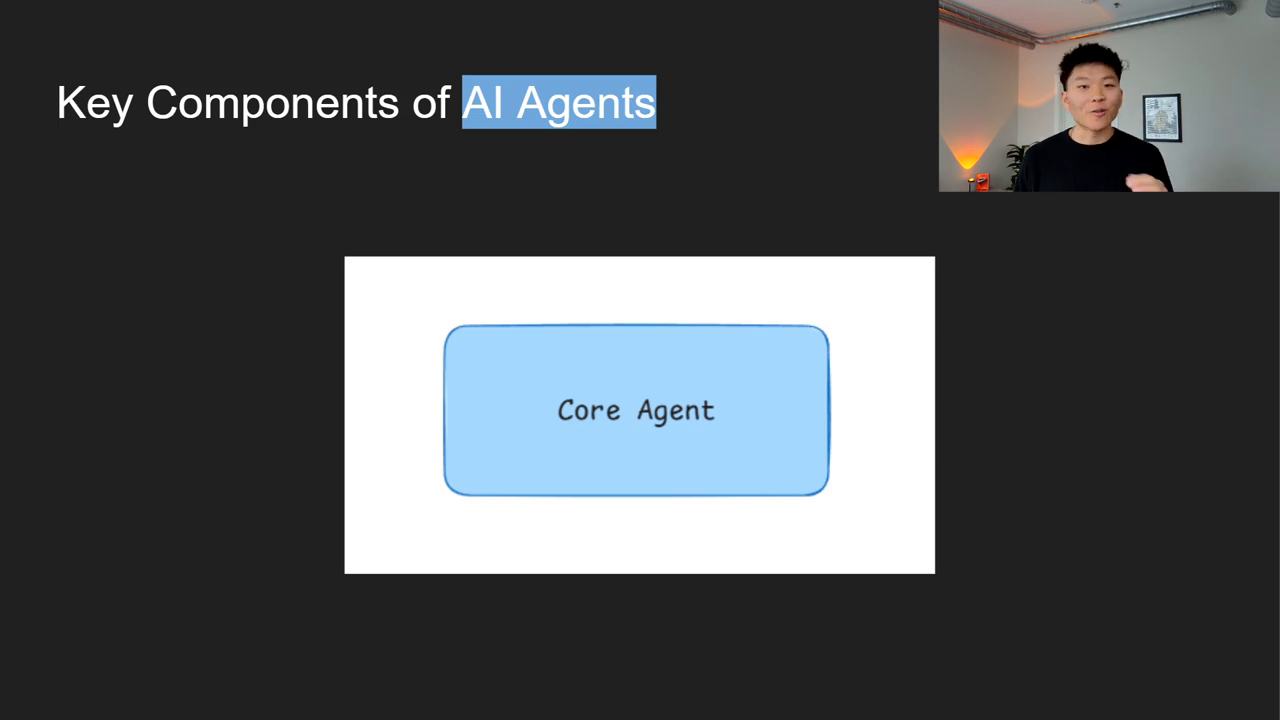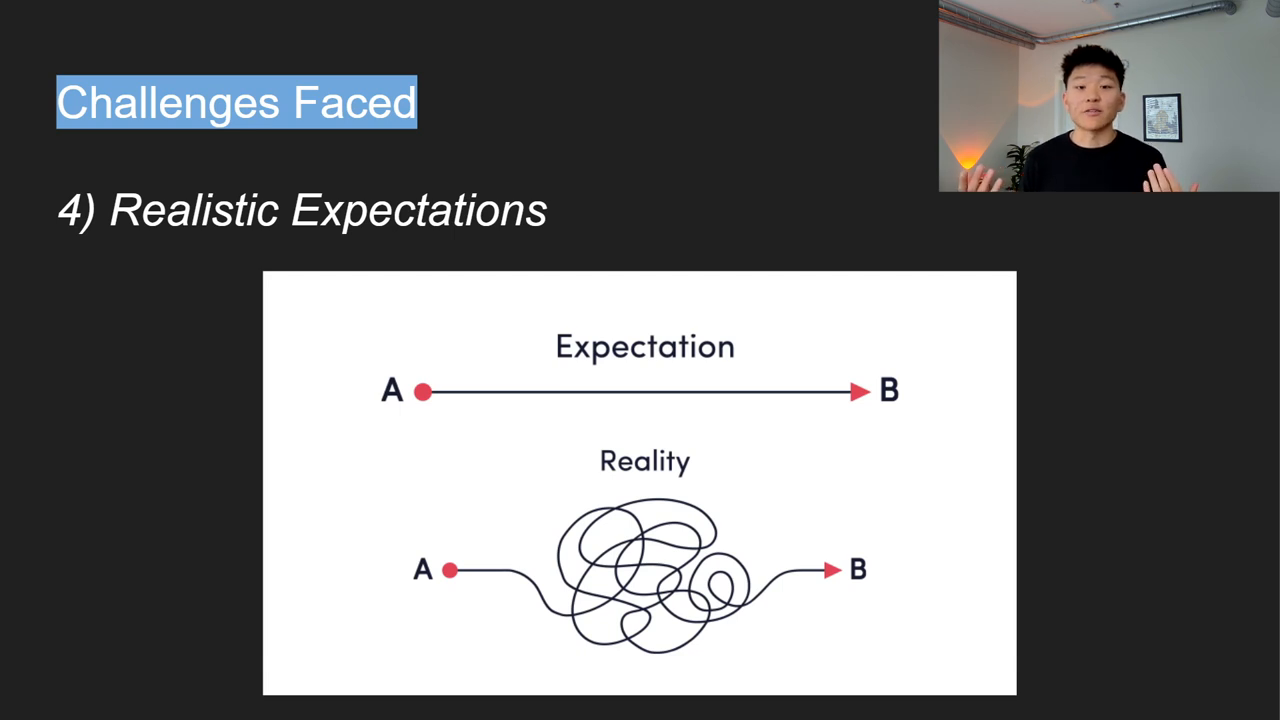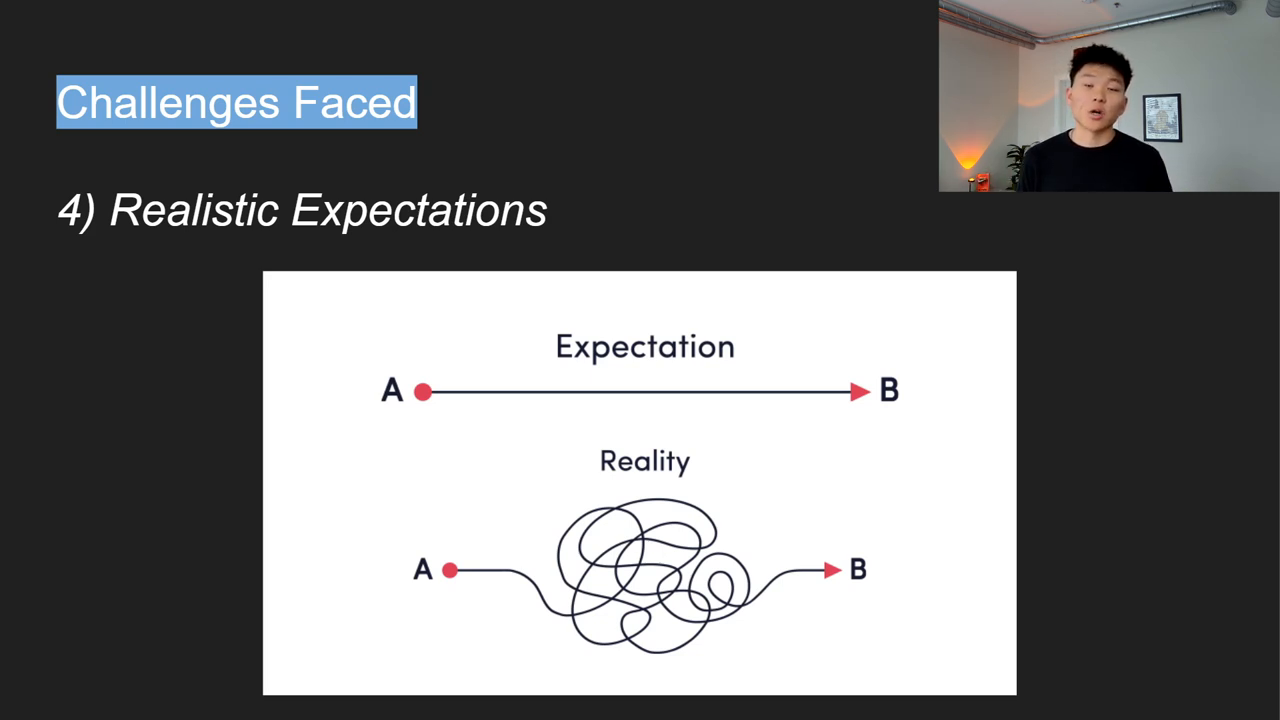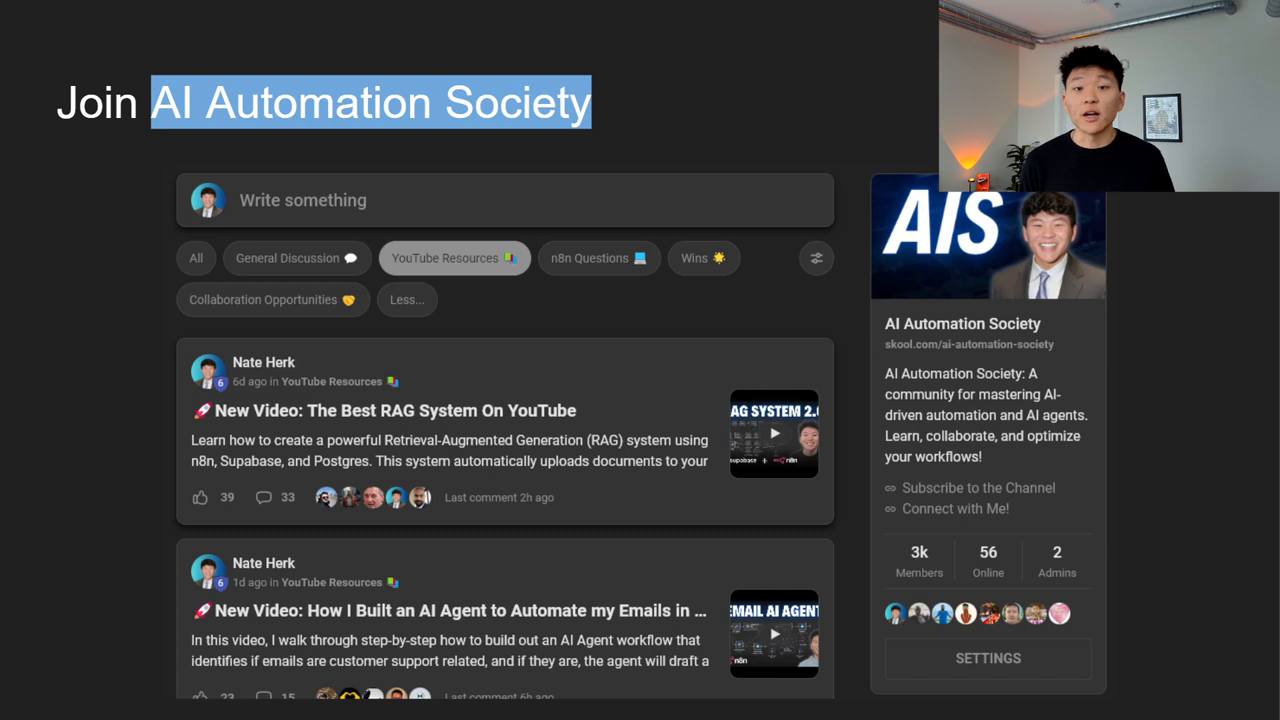Introduction to AI Agents
AI agents are revolutionizing the way we approach automation and workflow management. Imagine having a team of workers that never sleeps, handles repetitive tasks with precision, and costs a fraction of hiring a human. In this article, we will explore the key components and capabilities of AI agents, the importance of data and context, and how to design scalable, modular architectures.
Key Components of AI Agents
The key components of AI agents include the core agent, memory, tools, and prompt. The core agent is the brain of the operation, integrating all functionalities and making decisions. Memory allows the agent to store and retrieve information, maintaining context and continuity over time. Tools are external resources or APIs that the agent uses to perform specific tasks, and the prompt is where the magic of problem-solving happens, helping the agent analyze problems, devise a strategy, and determine the steps to take.
Capabilities of AI Agents
AI agents have several capabilities, including advanced problem-solving, self-reflection, and improvement, tool utilization, and collaborative multi-agent frameworks. They can analyze situations, plan tasks, and execute on those plans, and they can even improve themselves over time through iteration.
Importance of Data and Context
Data and context are the foundation of AI agents. Without high-quality, up-to-date data, even the most advanced AI agents will not perform well. Data gives the agent the information it needs to make decisions, and context helps the agent understand the situation it is working in. Vector databases are a key tool for storing and retrieving data in a way that is both fast and contextually aware.
 Importance of Data and Context
Importance of Data and Context
Designing Scalable Architectures
To design scalable architectures, it is essential to think about the inputs and outputs of the agent and to break down tasks into smaller, independent modules. This modular approach ensures that the agent is focused, reliable, and easy to update. It is also crucial to plan out builds carefully, mapping out goals, workflows, and tasks before starting to build.
Challenges Faced
The challenges faced when building AI agents include data quality, poor planning, balancing simplicity and flexibility, and having realistic expectations. It is essential to pay close attention to how data is being chunked, what the metadata looks like, and how it is stored in the vector database. Planning out builds is also crucial, as it helps to avoid having to start over from scratch when adding new features.
Future of AI Agents
The future of AI agents is exciting, with increased autonomy, enhanced collaboration, and broader accessibility. Agents will become more self-reliant and smarter, and will be able to build other agents. Multi-agent systems will become more common, and agents will be embedded in everyday tools.
Conclusion
In conclusion, AI agents are a powerful tool for automating workflows and transforming businesses. By understanding the key components and capabilities of AI agents, the importance of data and context, and how to design scalable architectures, businesses can unlock the full potential of AI agents. However, it is essential to be aware of the challenges faced when building AI agents and to have realistic expectations.




